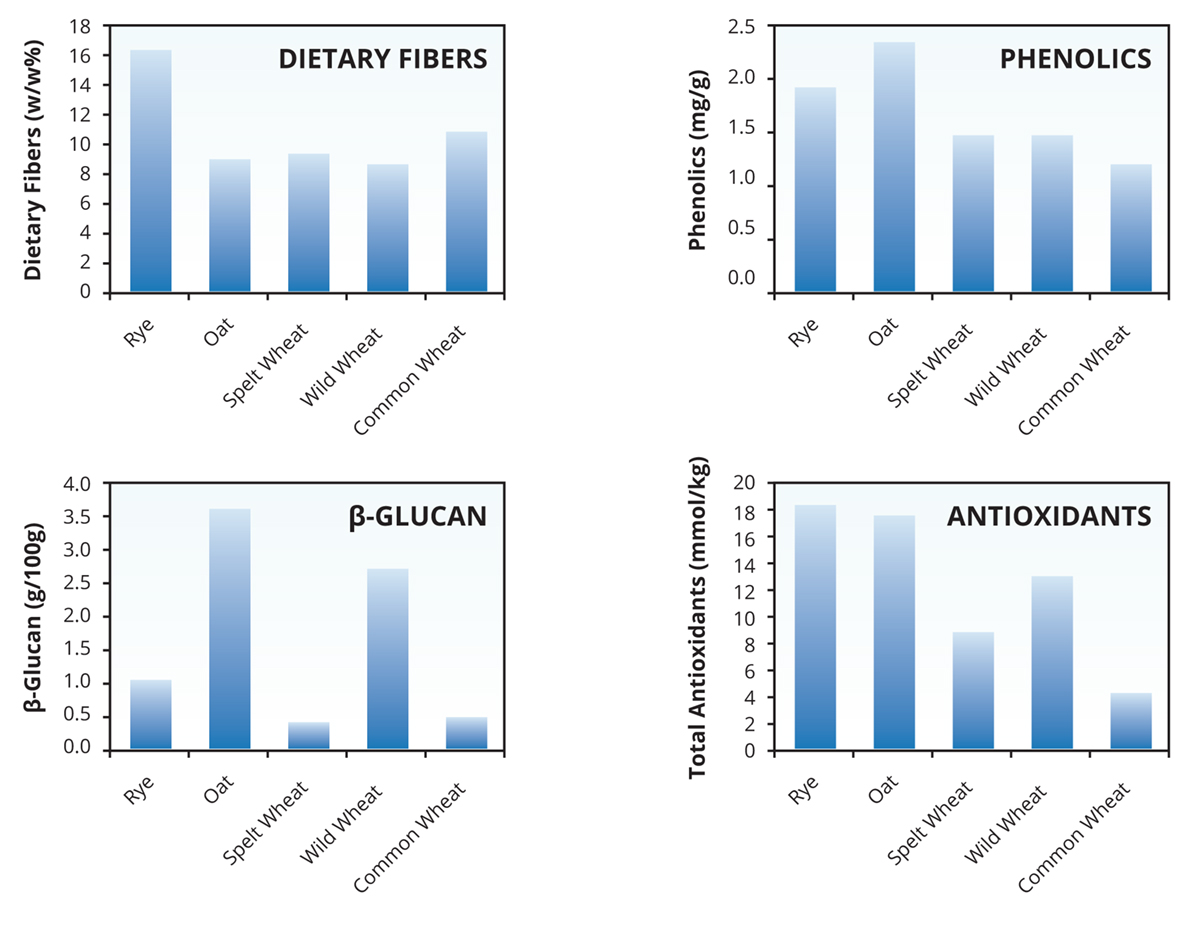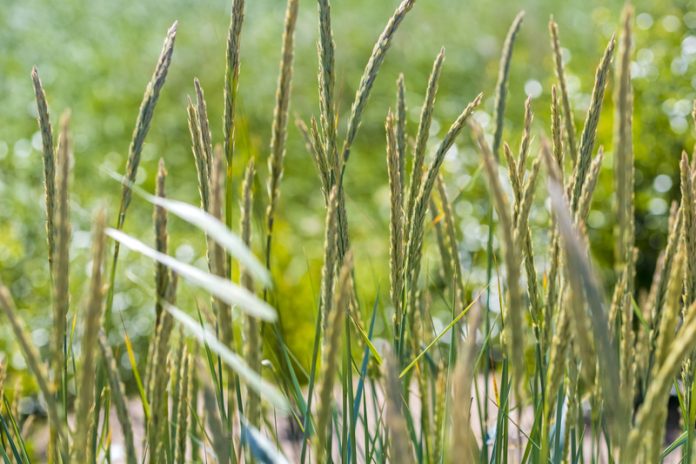Ismail Čakmak of Sabanci University sheds light on the nutritional quality of minor cereals and their importance in the human diet

The HeatlhyMinorCereals project aims to boost cultivation and consumption of five minor cereal species – rye, oats, einkorn, emmer and spelt. Nutritional quality of these minor cereals has been studied to highlight their importance in the human diet.
In recent years, there has been a growing interest and awareness about consuming healthy and nutritious foods. In this regard, particular attention is being paid to the consumption of cereal-based foods, because cereal grains contain many diverse nutritionally-valuable compounds and biologically active antioxidants (Shewry and Hey, 2015, Food Energy Sec. 4:178-202; Masisi et al., 2016, Food Chem. 196: 90-97). Various epidemiologic studies are available – demonstrating that regular consumption of cereals is associated with a reduced risk of chronic diseases such as cancers and cardiovascular diseases.
In fact, cereal grains potentially exhibit higher protective and beneficial impacts against diseases than what is usually reported. According to Adom and Liu (2002; J. Agric. Food, 50: 6182-6187), the antioxidative activity and health impacts of cereals are underestimated due to the fact that only easily extractable antioxidants are examined, and these represent only a small fraction of the antioxidant pool in grains.
Indeed, most of the total antioxidants in the grain are in a bound form which cannot be extractable or isolated by common extraction methods. For example, the percentage of bound phenolic compounds in cereal grains usually ranges from between 70 to 90% of the total phenolics as shown in oat, barley and wheat which occur in a bound form (Adom and Liu (2002; J. Agric. Food, 50: 6182-6187; Cömet and Gokmen, 2017, Comp. Rev. Food Sci. Food Saf. 16: 383-399; Arigo et al., 2018, Food Chem. 245:829-837).
It is suggested that bound antioxidants exert their biological effects for longer periods of time in body than soluble ones (Durazzo, 2017, Foods, 6, 17; doi:10.3390/foods6030017; Cömet and Gokmen, 2017, Comp. Rev. Food Sci. Food Saf. 16: 383-399).
The antioxidative bioactive compounds present in cereals include phenolic acids, dietary fibres, carotenoids, ß-glucan and several other phytochemicals such as tocopherols, alkylresorcinols, flavonoids, phytosterols and selenomethionine. Most of these antioxidative compounds have a high potential to remove highly toxic free radicals and thereby minimise oxidative stress – and inflammation-related chronic diseases. These protective effects are most likely related to individual and/or combined (synergistic) effects of the antioxidant compounds found in cereals (Fardet et al. 2008, J. Cereal Sci. 48:258-276; Lee et al., 2015, J. Medical Food, 18:1179-1186).
To measure the antioxidative capacity of foods containing different antioxidants, total antioxidant assays are often employed which reflect the sum of the antioxidant activity of individual antioxidant compounds. Cereal species, as well as genotypes of a given cereal species, differ largely in their concentration and composition of nutritional compounds and antioxidants. Some cereal species contain unique antioxidants and some antioxidants occur at much higher levels in certain cereal species.
For example, oat contains the highest levels of β-glucan of all cereals studied. The avenanthramides with their strong antioxidant capacity are unique to oat (Boz, 2015, Czech J. Food Sci. 33:399-404; Rasane et al., 2015, 52:662-675). Rye is typically rich in phenolic antioxidants including phenolic acids, alkylresorcinols and lignans (Bondia-Pons et al. 2009, J. Cereal Sci. 49:323-336). Einkorn wheat is known for its generally high amounts of lipophilic antioxidants, such as tocopherol and β-carotene (Antognoni et al., 2018, Nutrients, 1232; Ziegler et al., J. Functional Foods, 20:594-605).
The HealthyMinorCereal project studied over 600 different genotypes of rye (n:54), oat (n:200), spelt (n:300), wild and primitive wheat including Tr. monococcum, Tr. boeoticum and several Aegilops (n: 64) to collect information about their antioxidant capacity. For comparison, also 12 modern (widely cultivated) wheat cultivars were included in the analyses.
The genotypes of each cereal species have been evaluated, based on the results of total phenolics, total antioxidant activity (based on measurement of Trolox equivalent antioxidant capacity) and ß-glucan. Additionally, also dietary fibre data have been included in the analysis programme. The results from our study are presented in the figure above. More details will be published on the project website: www.healthyminorcereals.eu .
Contact
This project has received funding from the European Union’s Seventh Framework Programme for research, technological development and demonstration under grant agreement n° 613609.
The views expressed in this publication represent only the views of the authors. The European Union is not liable for any use that may be made of the information contained therein.
Please note: this is a commercial profile
Martina Eiseltová
Researcher, dissemination manager
Crop Research Institute
Tel: +420 233 022 295











